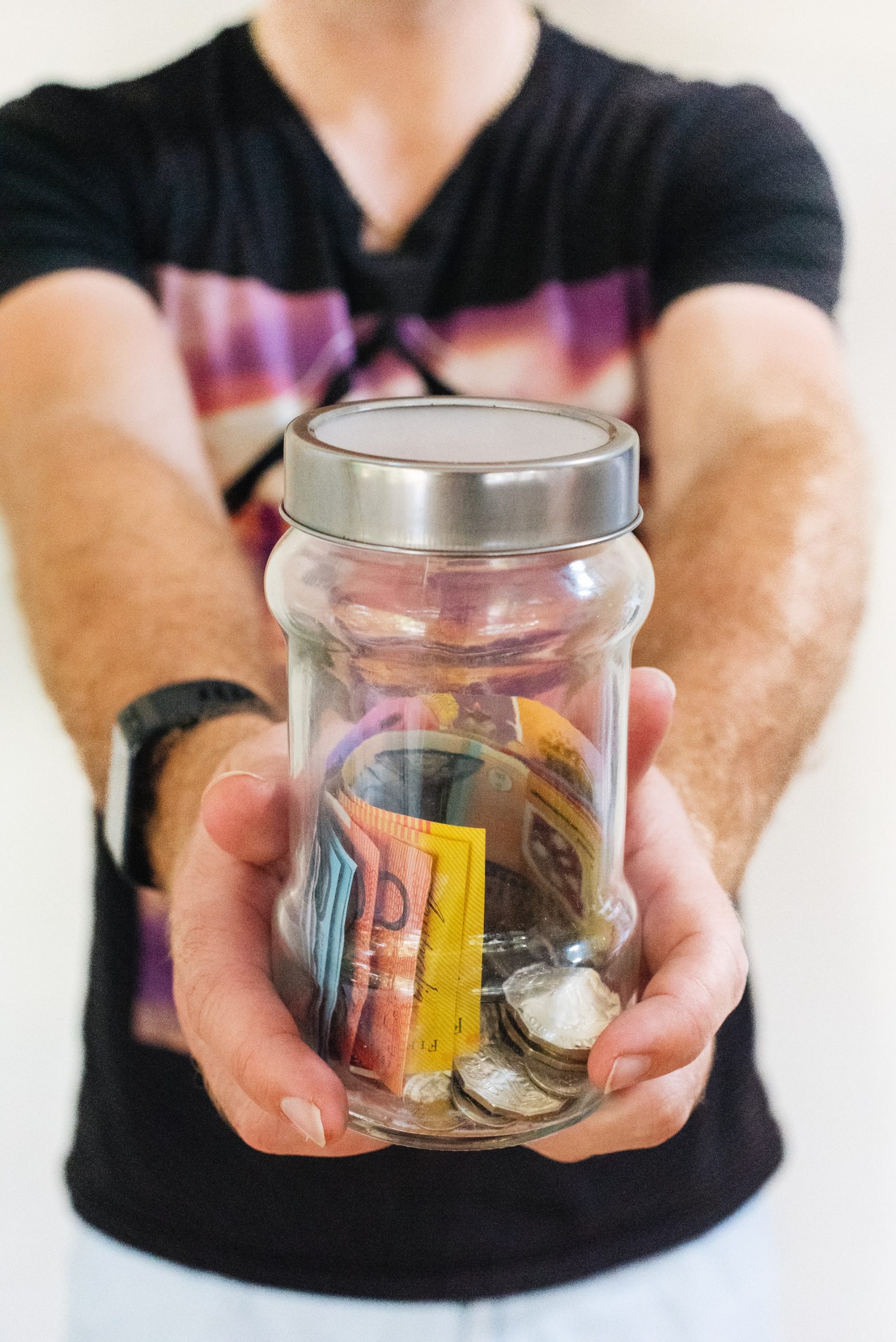6 things to expect when making a down payment in Malaysia
Share story

Purchasing a new house is an exciting time. It might be a memorable moment when we finally receive our keys after years of saving and spending a lot of time looking for that dream property we want to call our own. However, once the enthusiasm has worn off, dealing with the financial and legal aspects of home ownership may be stressful.
Below is a handy guide to handling your first down payment for your property purchase.
1. What Is A Down Payment, And How Much Do I Pay?
A down payment is a mandatory lump-sum payment made upfront for the purchase of real estate, whether via a developer or directly from a seller.
Buyers must pay at least 10% of the property’s buying price. That is, if a house costs RM400,000, you must pay at least RM40,000 up front.
The balance (90%) can be paid through a home loan or another equivalent financing.
2. Is A Down Payment Amount Fixed?
The minimum down payment on a home is 10% of the buying price. However, because there is no specified limit, some homebuyers may pay more upfront in order to reduce their overall home loan and thus reduce their monthly payment amount and total home loan repayment schedule.
3. Is A Deposit The Same As A Down Payment?
A deposit and a down payment may sound the same, but there’s actually a difference between the two. The difference between a deposit and a down payment is the amount paid, as the deposit is just a small amount of the entire down payment.
The first part of a down payment is usually paid as an earnest deposit. In most circumstances, this is a non-refundable 2% deposit to demonstrate that you are serious about purchasing the home.
The earnest deposit is paid as part of a Letter of Offer or an Offer to Purchase. The conditions of this agreement frequently state that the 2% deposit is non-refundable if the agreed-upon contract is not completed.
It’s important to make sure this payment goes through a reputable real estate agency, and never pay this directly to an individual.
On the other hand, the remaining amount of the down payment is to be paid fully on the day of the signing of the Sale and Purchase Agreement (SPA).

4. What Happens When You Make A Down Payment?
A buyer often makes a down payment to a seller to secure a sale.
They are most common in real estate deals, but expensive, unusual, or highly sought-after things may also demand a down payment in order for the seller to secure a sale and the buyer to obtain the item.
Often, the agreement will include a condition stating that if the buyer is unable or unwilling to complete the deal, the down payment is absolutely non-refundable.
If the sale goes through, the down payment will be subtracted from the total amount owed.
5. When Do You Pay The Down Payment?
The time range in which you must complete your sale and purchase agreement (SPA) is normally specified in your letter of offer or offer to purchase.
The complete down payment must be made once the SPA is confirmed. The total value must meet the minimum 10% payment amount as noted above.
However, any earnest deposit you have previously paid can be applied to this. So, if you’ve paid a 2% earnest deposit, the remaining 8% balance is required at the time the SPA is signed.
A Down Payment Is Just One Part Of Your Financing!
Remember that while a down payment is an important aspect of your home-buying finances, it is only one component of your financial journey when purchasing a new house.
Legal fees, stamp duty, home loan rates, and even furnishing your new house are all considerations you should factor into your budgeting so you can make the right decision!



